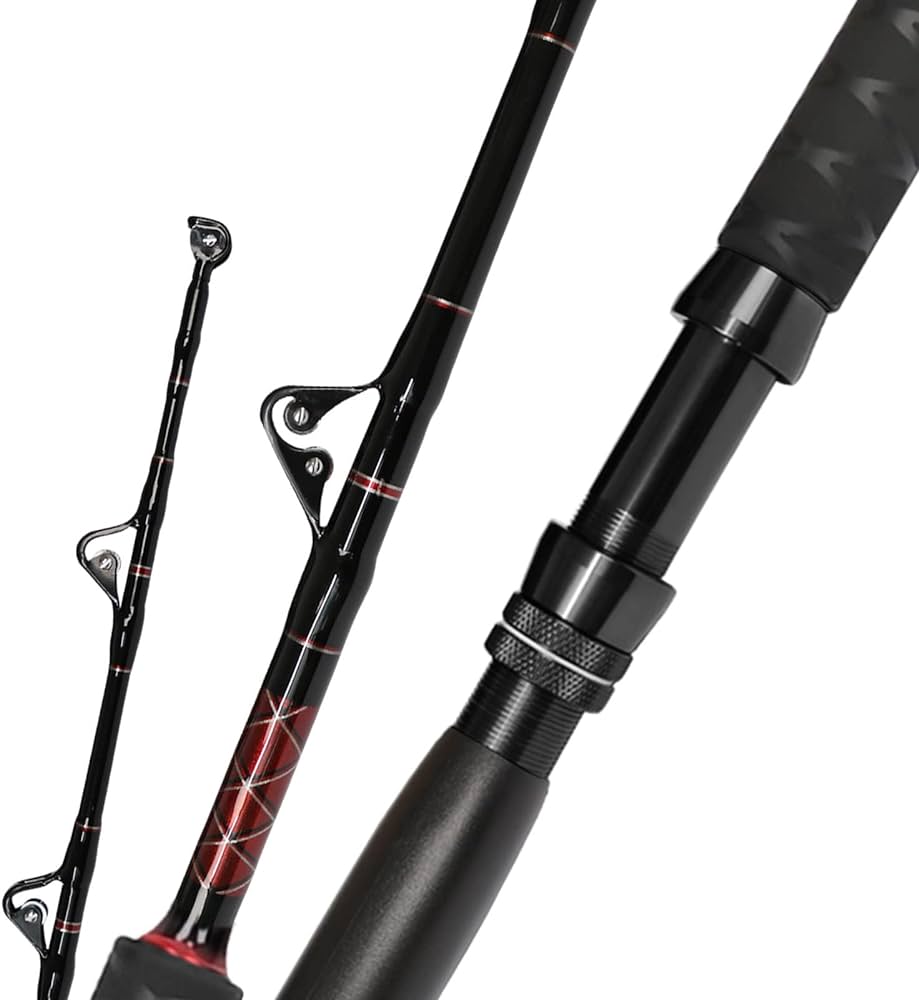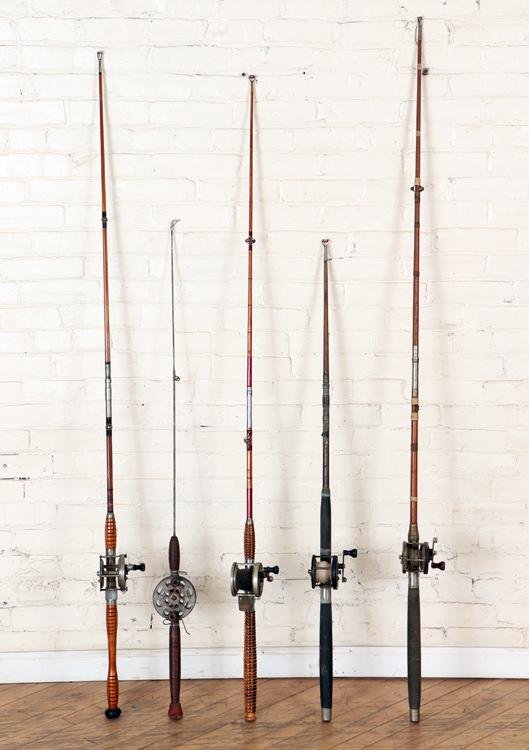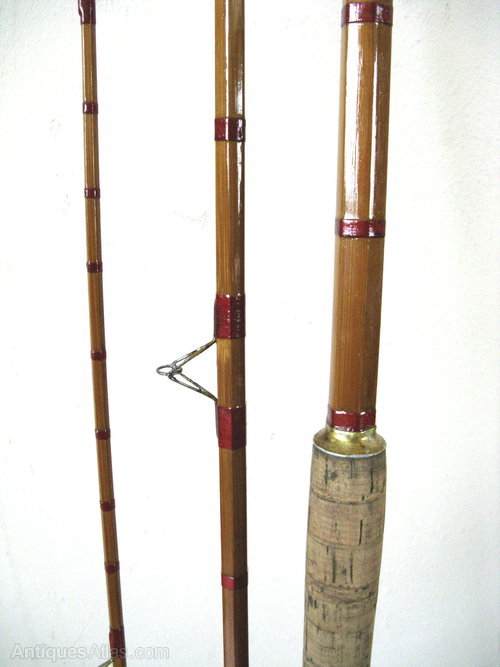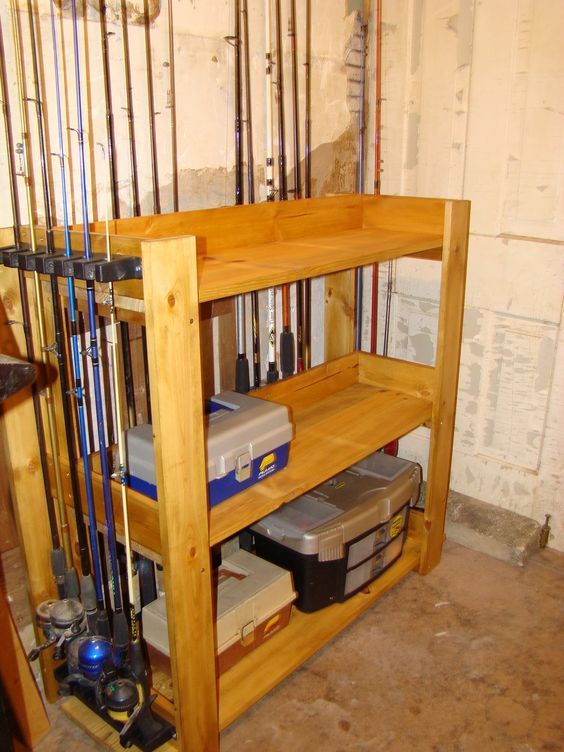How to store fishing rods? As passionate anglers, we invest in high-quality fishing rods to enhance our angling experience and ensure the success of our fishing adventures. However, preserving the condition and functionality of these valuable tools extends beyond their use on the water. Proper fishing rod storage is crucial to maintaining the integrity of your equipment, prolonging its lifespan, and safeguarding your investment in these prized possessions.
In this comprehensive guide, we will explore the essential techniques and best practices for storing your fishing rods, whether you’re tucking them away for the off-season or transporting them to your next fishing destination. From the selection of appropriate storage solutions to the implementation of proactive maintenance routines, this article will equip you with the knowledge and confidence to ensure your fishing rods remain in top condition, ready to serve you faithfully on your future angling escapades.
Prepare to unlock the secrets to protecting your fishing rods and preserving the performance and longevity of your angling equipment.

Understanding the Importance of Proper Fishing Rod Storage
Maintaining the integrity and performance of your fishing rods requires a thoughtful approach to storage, as improper handling or storage conditions can lead to a range of issues that can compromise the effectiveness and lifespan of your gear.
The Risks of Inadequate Storage
Neglecting to store your fishing rods properly can expose them to various environmental factors and physical stresses that can result in damage and degradation over time.
Environmental Factors
Exposure to excessive humidity, temperature fluctuations, or direct sunlight can lead to the deterioration of the rod’s materials, including the blank, guides, and components.
Physical Stresses
Improper storage, such as leaning rods against surfaces or subjecting them to uneven pressure, can cause warping, bending, or even structural damage to the rod.
The Benefits of Proper Fishing Rod Storage
By implementing effective fishing rod storage techniques, you can safeguard your investment and ensure the long-term performance and reliability of your angling equipment.
Preserving Rod Condition
Proper storage helps maintain the structural integrity, finish, and overall appearance of your fishing rods, protecting them from the ravages of time and use.
Enhancing Rod Lifespan
Carefully storing your fishing rods can significantly extend their usable lifespan, enabling you to enjoy your cherished gear for years to come.
How to store fishing rods? Selecting the Right Fishing Rod Storage Solutions
To effectively protect your fishing rods, it’s essential to choose the appropriate storage solutions that cater to your specific needs and the unique characteristics of your equipment.
Portable Rod Storage Options
For anglers who frequently transport their fishing rods or require a more versatile storage solution, portable options offer convenient and secure alternatives.
Rod Tubes and Cases
Investing in high-quality rod tubes or cases can provide excellent protection for your fishing rods during transportation and short-term storage.
Wall-Mounted Rod Racks
Wall-mounted rod racks allow you to neatly and efficiently store your fishing rods in a compact and accessible manner, ideal for home or garage use.
Stationary Rod Storage Solutions
For anglers who have the space and desire to store their fishing rods in a more permanent setup, stationary storage solutions offer a range of benefits.
Rod Storage Cabinets and Lockers
Dedicated rod storage cabinets or lockers provide a secure and organized way to house your fishing rods, protecting them from environmental factors.
Custom Rod Storage Systems
Designing or commissioning a custom rod storage system can allow you to maximize space and tailor the solution to the specific needs and dimensions of your fishing rod collection.
Factors to Consider when Selecting Storage Solutions
When choosing the appropriate fishing rod storage options, several key factors should be taken into account to ensure the optimal protection and convenience for your gear.
Rod Size and Quantity
Assess the length, number, and variety of your fishing rods to select storage solutions that can accommodate your entire collection.
Materials and Construction
Opt for storage solutions made of durable, corrosion-resistant materials that can withstand the rigors of your fishing lifestyle.
Accessibility and Organization
Consider the ease of access, ability to organize your rods, and overall integration with your fishing gear setup.
How to store fishing rods? Preparing Fishing Rods for Proper Storage
Before tucking away your fishing rods, it’s essential to prepare them for storage by implementing a series of preventive measures and maintenance tasks to ensure their long-term preservation.
Cleaning and Inspecting Rods
Thoroughly cleaning and inspecting your fishing rods is the first step in the storage preparation process, helping to identify any issues and prevent potential problems.
Cleaning Rod Components
Gently clean the rod blank, guides, reel seat, and other components using a soft cloth, mild soap, and water to remove any dirt, salt, or debris.
Inspecting for Damage or Wear
Carefully examine the rod for any signs of damage, such as cracks, chips, or loose components, and address any issues before storage.
Lubricating and Protecting Rods
Applying strategic lubrication and protective treatments can help safeguard your fishing rods during storage and ensure their readiness for future use.
Lubricating Moving Parts
Apply a small amount of specialized rod lubricant to the reel seat, guides, and other moving parts to prevent corrosion and maintain smooth operation.
Protecting the Rod Blank
Consider using a rod-specific protectant or wax to create a barrier against environmental factors, preserving the condition of the rod blank.
Properly Storing Rods in their Cases or Holders
Once your fishing rods have been cleaned, inspected, and lubricated, it’s time to carefully place them in their designated storage solutions.
Positioning Rods in Rod Tubes or Cases
Gently insert the rods into their respective tubes or cases, ensuring they are securely held in place without excessive bending or pressure.
Arranging Rods in Storage Racks or Cabinets
When using stationary storage solutions, arrange your fishing rods in an organized and space-efficient manner, providing adequate support and protection.
Maintaining and Caring for Stored Fishing Rods
Proper fishing rod storage is not a one-time exercise; it requires ongoing maintenance and care to ensure the continued preservation and performance of your angling equipment.
Periodic Inspections and Adjustments
Regularly inspecting your stored fishing rods and making necessary adjustments can help identify and address any emerging issues before they become more serious.
Checking for Damage or Wear
Visually inspect your rods for any signs of damage, such as cracks, warping, or loose components, and address them promptly.
Adjusting Rod Positioning and Tension
Ensure that your rods remain securely positioned within their storage solutions, making any necessary adjustments to prevent undue stress or deformation.
Environmental Monitoring and Control
Maintaining optimal environmental conditions within your fishing rod storage area is crucial for preserving the integrity and performance of your gear.
Regulating Temperature and Humidity
Monitor and control the temperature and humidity levels in your storage space, keeping them within the recommended ranges for your specific rod materials.
Protecting Against Sunlight and Moisture
Shield your stored fishing rods from direct sunlight and excessive moisture, as these environmental factors can accelerate the degradation of rod components.
Proactive Maintenance and Rejuvenation
Incorporating regular maintenance and rejuvenation practices into your fishing rod storage routine can help extend the lifespan and performance of your valuable equipment.
Refreshing Rod Finishes and Coatings
Periodically reapply protective finishes, such as rod wax or specialized coatings, to maintain the condition of the rod blank and components.
Replacing Worn or Damaged Parts
Be prepared to replace any worn or damaged components, such as guides, reel seats, or grips, to ensure the continued reliability and performance of your fishing rods.
Conclusion: Safeguarding Your Fishing Rods for Lasting Performance
Proper fishing rod storage is a critical aspect of preserving the long-term performance and value of your angling equipment. Through this comprehensive guide, you have gained a deep understanding of the importance of protecting your fishing rods, the various storage solutions available, and the essential maintenance practices required to ensure their continued readiness and reliability.
By implementing the techniques and strategies outlined in this article, you can now confidently safeguard your prized fishing rods, shielding them from the ravages of time, environmental factors, and physical stresses. Whether you’re tucking your rods away for the off-season or preparing them for your next fishing adventure, the knowledge and insights presented here will empower you to preserve the condition and functionality of your valuable angling gear.
As you continue to build your collection of fishing rods and embark on future angling expeditions, remember the importance of proactive and diligent storage practices. By prioritizing the protection and maintenance of your equipment, you’ll not only extend the lifespan of your fishing rods but also ensure that they remain ready to serve you faithfully, delivering the exceptional performance and reliable results you’ve come to expect from your trusted angling companions.
Unlock the secrets to protecting your fishing rods and safeguard your prized possessions for years of rewarding and successful angling adventures.
